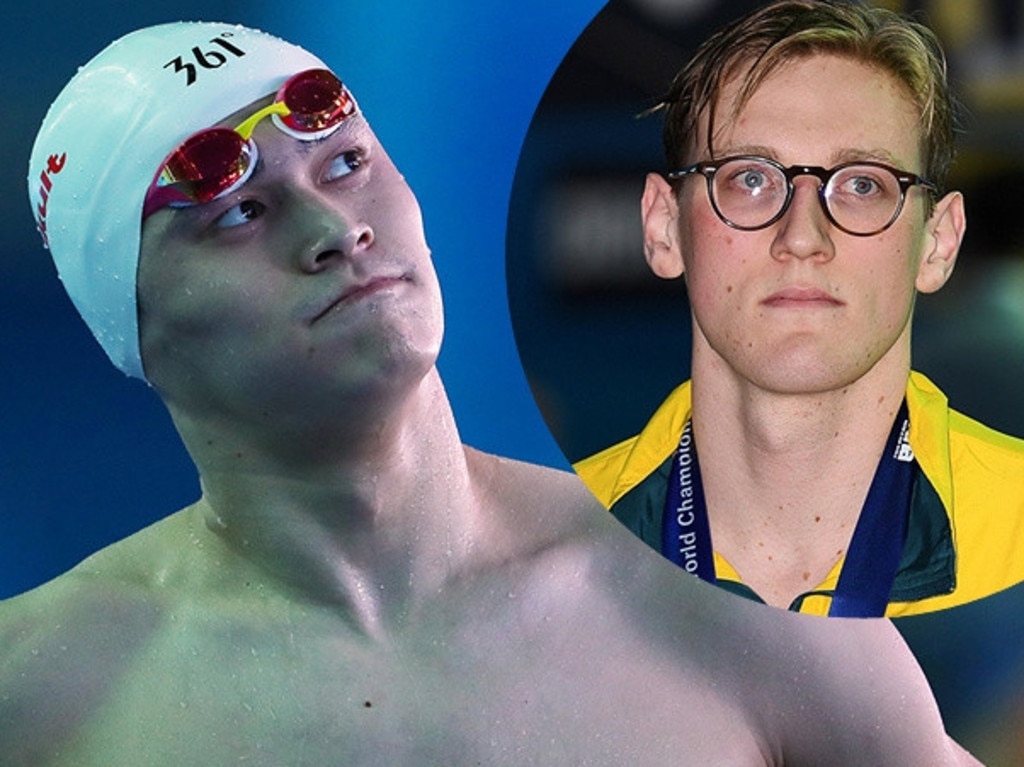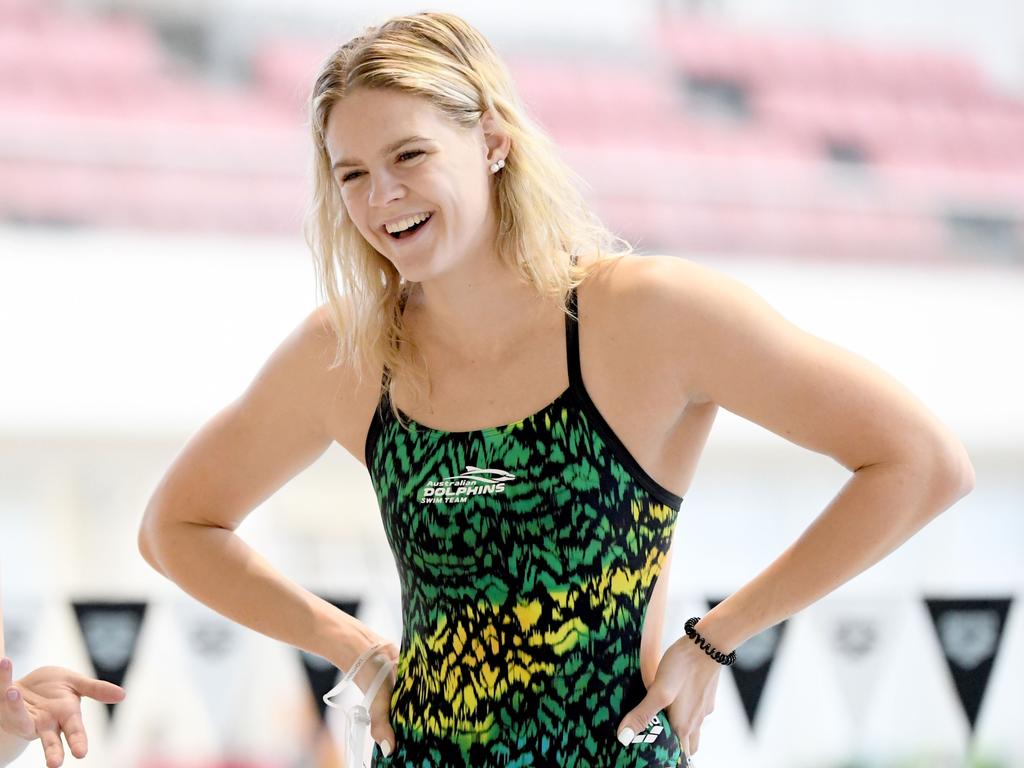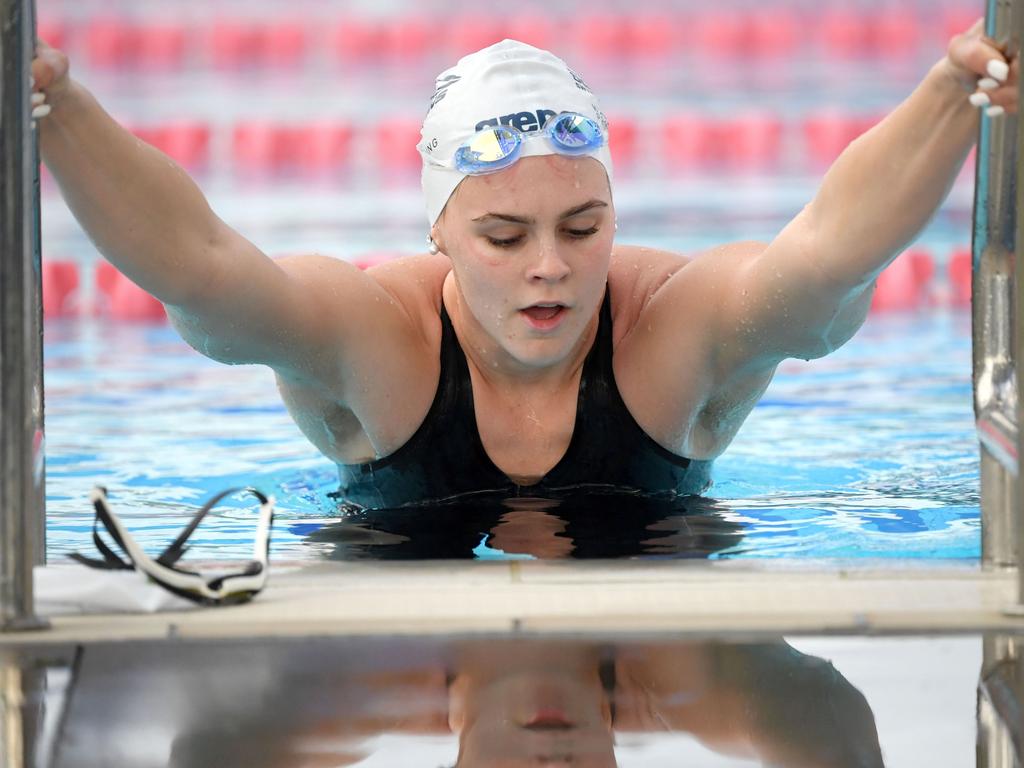Dark truth about swimming champion Shayna Jack’s ‘heartache and sadness’
Sun Yang has been cast as the villain of world swimming — but if you think Shayna Jack is any better than he is, you’re missing something crucial.
When we receive media reports of yet another doping allegation against a Chinese, Russian or Kenyan athlete, our Australian response is to tag them as dopers. It is a conditioned response triggered by our fatigue at yet another doping in sport headline.
Yet when an Australian athlete confronts similar allegations, our immediate response is headlines of “heartache” and “sadness” at their plight.
Commentary and reaction around Chinese swimmer Sun Yang and Australian swimmers Shayna Jack and Thomas Fraser Holmes illustrate this phenomena.
In 2014, Yang was banned for three months after testing positive for a medication used to treat a heart conditions without a therapeutic use exemption (TUE).
Because the medication trimetazidine had only recently been banned and Yang would be eligible for a TUE for his known heart condition, the mandatory four-year ban was reduced to three months.
In September 2018, Yang was involved in a highly contentious attempted drug test by FINA representatives that resulted in the testing being refused and blood samples collected being destroyed. Refusing doping control is a most serious allegation.
Yang faced a FINA anti-doping tribunal for this matter. Evidence was heard and, in a 59-page judgment, the panel found that the FINA testers failed to follow mandatory procedures, voiding the testing mission. The refusal charges were dismissed. This matter is now under appeal to the Court of Arbitration in Sport with a hearing scheduled for September 2019.
Despite one minor violation of doping rules and being exonerated for another allegation, Sun Yang was ostracised by Australian swimmer Mack Horton at the recent FINA World Championships in South Korea.

But while Yang was getting the full Australian fury, two other athletes, both Australian swimmers, were getting an easier ride.
In 2017, Australian swimmer Thomas Fraser Holmes received a one-year ban for failing on three occasions to be present for mandatory drug tests. This offence is significantly more serious than the offence for which Yang was banned. Yet there he was in the Australian team competing in South Korea with not a protest in sight.
Behind the scenes, another Australian swimmer was about to grab global headlines for a doping allegation. Shayna Jack was notified at the Australian team final training camp that she had tested positive to the muscle building agent LGD-4033.
She was pulled from the World Championships and shipped home “for personal reasons”, with fingers crossed by Swimming Australia that her front page story would be missed by all.
Yang endured the protests while Fraser Holmes was allowed to compete without fanfare and Jack’s very serious allegation was publicly withheld.

As sports fans, all too often our awe at an unbelievable sporting performance has been crushed by the realisation of just how unbelievable that sporting performance actually was.
In the lead-up to the 2012 Olympics in London, four athletes tested positive for doping substances. During the 2012 Olympics in London, a further 11 athletes tested positive.
Since the 2012 Olympics closed, samples collected during those Games have been stored for retesting as laboratory technology advances. A further 60 athletes competing in London 2012, athletes whose samples showed no banned substances with 2012 technology, have now retested positive for doping substances with more advanced laboratory technology.
Twenty-four athletes who stood proudly on the winners’ podium at London 2012, including seven gold medallists, have now been stripped of their glory due to doping
Olympics after Olympics we confront the reality that athletes will break rules to improve their performance on the highest stage of international sporting competition.
It comes as no surprise therefore that the public, the media and, most importantly, the athletes have lost patience with anti-doping efforts. Our trust has been eroded and our scepticism at sporting performance is sky high.

A system designed to keep sporting competition fair all too often can let us down.
But despite the weaknesses of the anti-doping system, there must always be one foundation principle in place. Whether it is Sun Yang, Thomas Fraser Holmes or Shayna Jack, every athlete should have a presumption of innocence unless, and until, an anti-doping tribunal, after considering all the evidence, rules that a doping violation has taken place.
And let’s remember that doping is not just an issue in sport in China or Russia or Kenya. It is very much an issue in Australian sport too.
Richard Ings was the head of Australia’s anti-doping agency from 2005 to 2010. Continue the conversation @ringsau



